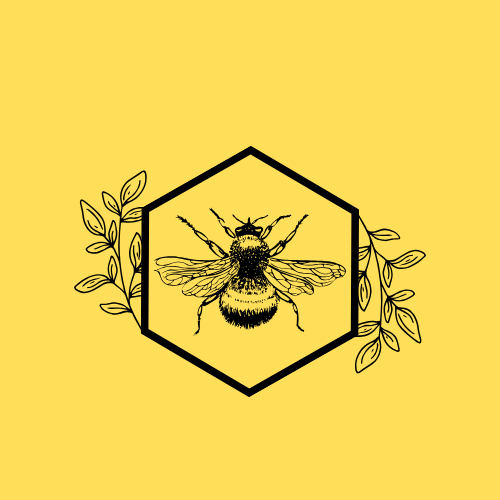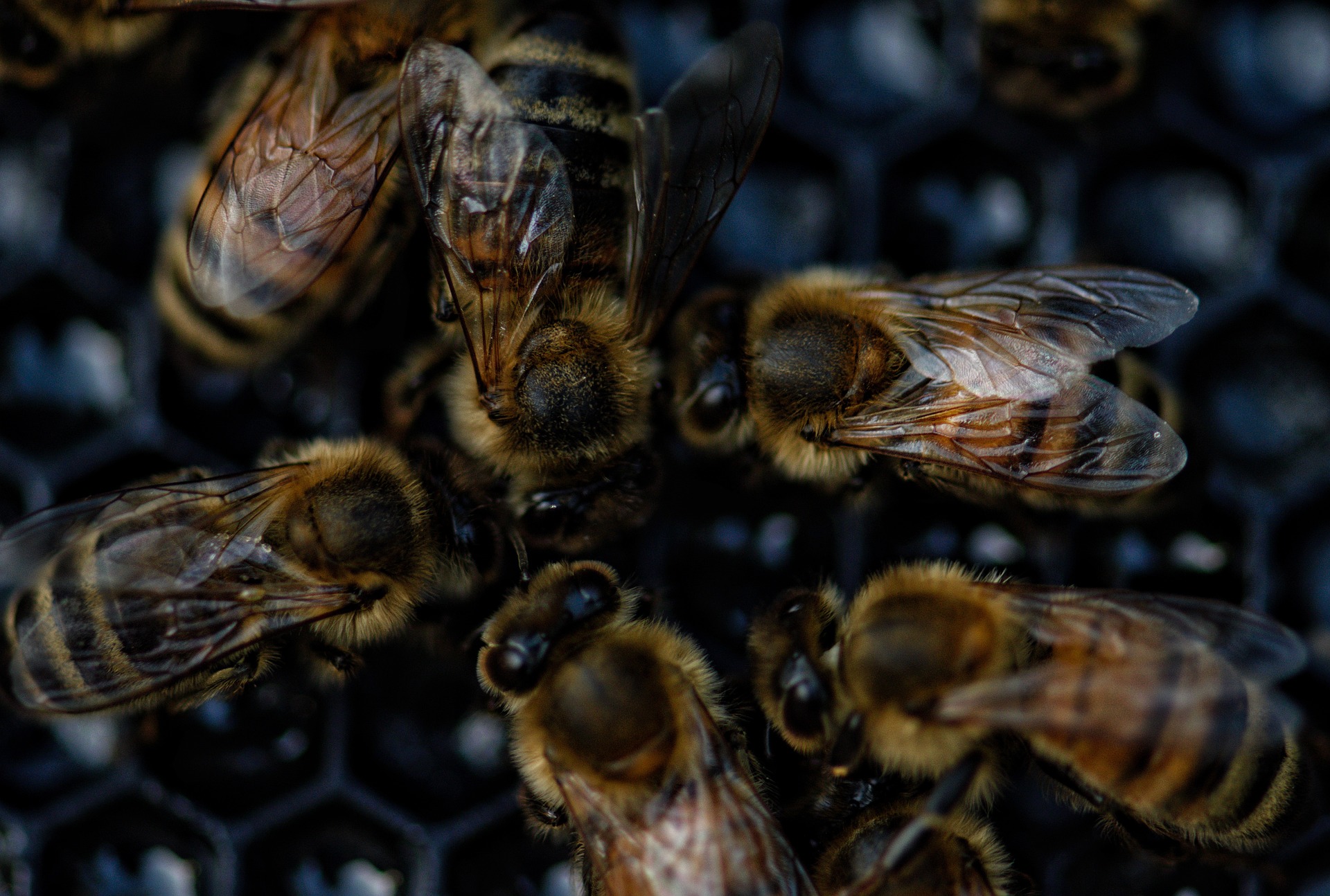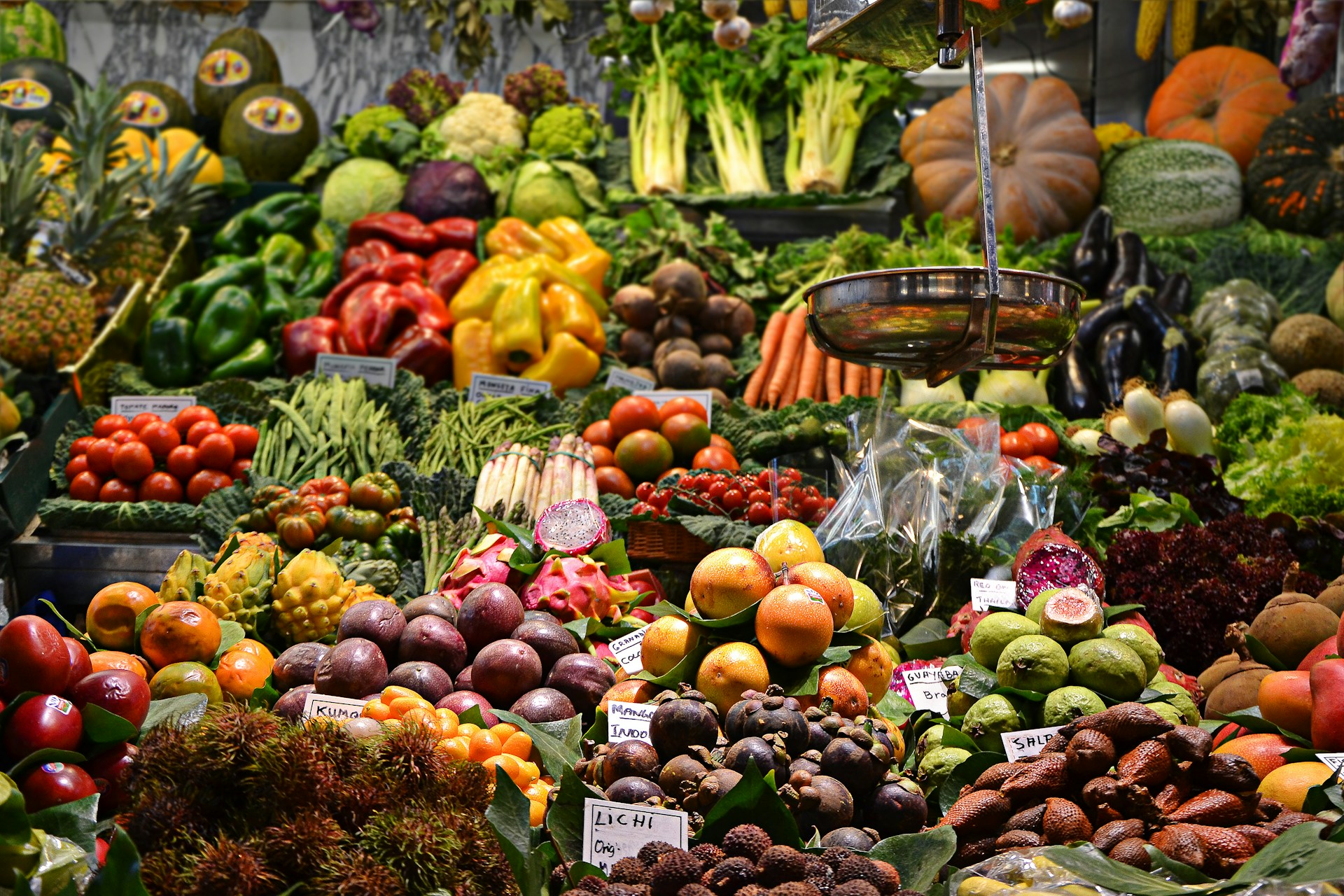.png)
Regenerative Farming: Nurturing the Earth, One Seed at a Time

What is Regenerative Farming?
Regenerative farming is a holistic approach to agriculture that focuses on restoring and enhancing the health of the soil, ecosystems, and the planet as a whole. Unlike conventional farming, which often depletes the land, regenerative farming seeks to reverse this trend by working with nature, not against it (Rhodes, 2017).
The Impact of Bee on Regenerative Farming The bee populations has serious consequences for both the environment and human society: Pollination: Bees are essential pollinators for many crops, including fruits, vegetables, and nuts. A increase in bee populations can lead to higher crop yields and improved food diversity. Ecosystem : Bees play a crucial role in maintaining healthy ecosystems. A decline can disrupt delicate ecological balances and lead to a loss of biodiversity. Economic : The agricultural industry relies heavily on pollination services provided by bees. A Increase in bee populations can result in significant economic gains.
Key Principles of Regenerative Farming:
1. Soil Health
o Building Soil Organic Matter: Regenerative farmers prioritize practices that increase soil organic matter, such as cover cropping, composting, and reduced tillage (Montgomery, 2007).
o Improving Soil Structure: Healthy soil structure is essential for water retention, nutrient cycling, and microbial activity. Regenerative practices promote the formation of aggregates, which enhance soil structure (Brady and Weil, 2008).
2. Biodiversity
o Crop Rotation: Rotating crops helps to break disease cycles, control pests, and improve soil fertility (Bullock, 1992).
o Cover Cropping: Planting cover crops between main crops helps to suppress weeds, prevent soil erosion, and add organic matter to the soil (Hartwig and Ammon, 2002).
o Agroforestry: Integrating trees and shrubs into farming systems provides shade, windbreaks, and habitat for beneficial insects and wildlife (Nair, 1993).
3. Water Cycle
o Water Conservation: Regenerative farmers implement practices like contour farming and mulching to reduce water loss through evaporation and runoff (FAO, 2017).
o Water Harvesting: Collecting and storing rainwater can help to supplement irrigation needs and reduce reliance on external water sources (Pandey et al., 2003).
4. Animal Integration
o Rotational Grazing: Rotating livestock between different pastures can improve soil health, reduce erosion, and increase plant diversity (Heitschmidt and Stuth, 1991).
o Manure Management: Proper manure management can provide valuable nutrients to the soil and improve soil fertility (Paul and Clark, 1996).

Benefits of Regenerative Farming:
• Improved Soil Health: Healthier soil can hold more water, reducing the need for irrigation and increasing drought resilience.
• Enhanced Biodiversity: Diverse ecosystems are more resilient to pests and diseases.
• Reduced Chemical Use: Regenerative practices often reduce the need for synthetic fertilizers and pesticides.
• Climate Change Mitigation: Regenerative agriculture can help to sequester carbon dioxide from the atmosphere and reduce greenhouse gas emissions (Lal, 2004).
• Increased Food Security: By improving soil health and water retention, regenerative farming can help to ensure a stable food supply.
By adopting regenerative farming practices, we can create a more sustainable and resilient food system that benefits both people and the planet.
Would you like to learn more about specific regenerative farming techniques or the impact of regenerative agriculture on the environment?
References
• Brady, N.C. and Weil, R.R., 2008. The nature and properties of soils. Pearson Prentice Hall.
• Bullock, D.G., 1992. Crop rotation. Critical Reviews in Plant Sciences, 11(4), pp.309-326.
• FAO, 2017. Save and grow in practice: maize, rice, wheat. Food & Agriculture Org.
• Hartwig, N.L. and Ammon, H.U., 2002. Cover crops and living mulches. Weed science, 50(6), pp.688-699.
• Heitschmidt, R.K. and Stuth, J.W., 1991. Grazing management: an ecological perspective. Timber Press.
• Lal, R., 2004. Soil carbon sequestration impacts on global climate change and food security. science, 304(5677), pp.1623-1627.
• Montgomery, D.R., 2007. Dirt: the erosion of civilizations. University of California Press.
• Nair, P.K., 1993. An introduction to agroforestry. Springer Science & Business Media.
• Pandey, D.N., Gupta, A.K. and Anderson, D.M., 2003. Rainwater harvesting as an adaptation to climate change. Current science, 85(1), pp.46-59.
• Paul, E.A. and Clark, F.E., 1996. Soil microbiology and biochemistry. Academic press.
• Rhodes, C.J., 2017. The imperative for regenerative agriculture. Science progress, 100(1), pp.80-129.







.png)
.png)
.png)
.png)
.png)